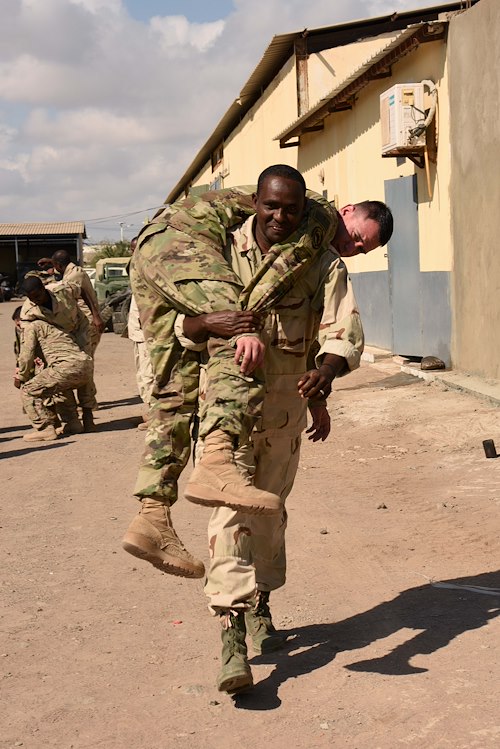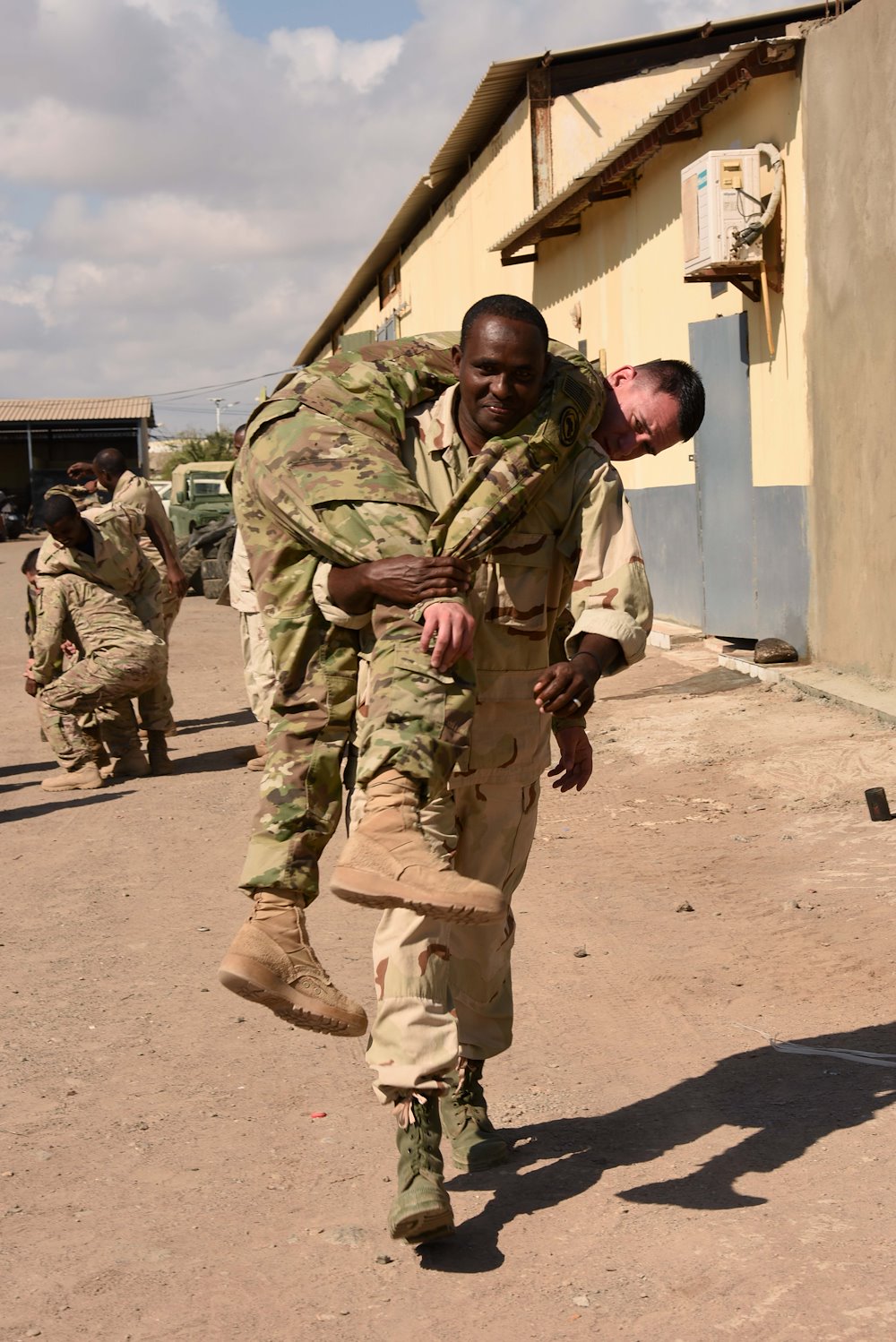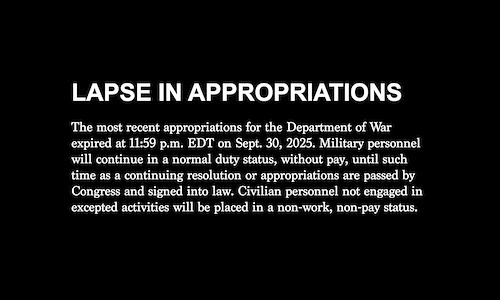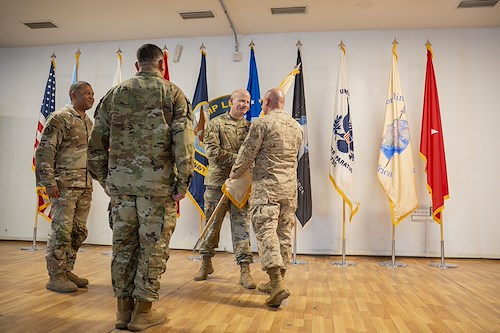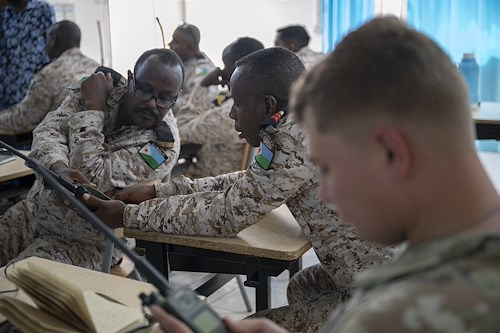Gallery contains 6 images
×
Photo 1 of 6
Combined Joint Task Force - Horn of Africa Image
A Djiboutian Armed Forces (FAD) soldier fireman carries U.S. Army Spc. Brian Buchanan, 6th Squadron, 8th Cavalry Regiment combat medic, during a Combat Lifesaver Course at the Central Management of Materials and Engineering Services compound, Djibouti, Mar. 2, 2016. FAD soldiers learned multiple types of carries to evacuate wounded from the battlefield while also maintaining security. (U.S. Air Force photo by Staff Sgt. Victoria Sneed)
Photo by: U.S. Air Force Staff Sgt. Victoria Sneed
Photo 2 of 6
Combined Joint Task Force - Horn of Africa Image
U.S. Army Sgt. Scott Winkler, 6th Squadron, 8th Cavalry Regiment combat medic, teaches Djiboutian Armed Forces (FAD) soldiers how to use a pressure dressing during a Combat Lifesaver Course at the Central Management of Materials and Engineering Services, Djibouti, Mar. 5, 2016. The FAD followed the same five-day course taught to U.S. Soldiers to prepare the FAD for deployment. (U.S. Air Force photo by Staff Sgt. Victoria Sneed)
Photo by: U.S. Air Force Staff Sgt. Victoria Sneed
Photo 3 of 6
Combined Joint Task Force - Horn of Africa Image
U.S. Army soldiers from 6th Squadron, 8th Cavalry Regiment demonstrate a two-man seated carry to Djiboutian Armed Forces (FAD) soldiers during a Combat Lifesaver Course at the Central Management of Materials and Engineering Services compound, Djibouti, Mar. 2, 2016. FAD soldiers learned different carries to transport wounded from combat situations. (U.S. Air Force photo by Staff Sgt. Victoria Sneed)
Photo by: U.S. Air Force Staff Sgt. Victoria Sneed
Photo 4 of 6
Combined Joint Task Force - Horn of Africa Image
U.S. Army Sgt. Scott Winkler, 6th Squadron, 8th Cavalry Regiment combat medic, shows Djiboutian Armed Forces (FAD) soldiers bandages that have liquid absorbing pellets during a Combat Lifesaver Course at the Central Management of Materials and Engineering Services compound, Djibouti, Mar. 5, 2016. FAD soldiers learned how to diagnose, treat and transport injuries in a combat situation. (U.S. Air Force photo by Staff Sgt. Victoria Sneed)
Photo by: U.S. Air Force Staff Sgt. Victoria Sneed
Photo 5 of 6
Combined Joint Task Force - Horn of Africa Image
Djiboutian Armed Forces (FAD) soldiers lift a simulated injured comrade during a Combat Lifesaver Course scenario at the Central Management of Materials and Engineering Services compound, Djibouti, Mar. 5, 2016. FAD soldiers learned diagnosis, transport and treatment of battlefield wounds to prepare them for future deployments. (U.S. Air Force photo by Staff Sgt. Victoria Sneed)
Photo by: U.S. Air Force Staff Sgt. Victoria Sneed
Photo 6 of 6
Combined Joint Task Force - Horn of Africa Image
Djiboutian Armed Forces (FAD) soldiers transport a simulated injured comrade to a vehicle during a Combat Lifesaver Course scenario at the Central Management of Materials and Engineering Services compound, Djibouti, Mar. 5, 2016. FAD soldiers practiced removing wounded, treating injuries and transporting soldiers to evacuation vehicles in preparation for future deployments. (U.S. Air Force photo by Staff Sgt. Victoria Sneed)
Photo by: U.S. Air Force Staff Sgt. Victoria Sneed
Editor’s note: This is the first in a series of three articles about training conducted by U.S. Army Regionally Aligned Forces with the Djiboutian Armed Forces.
More than 10 Djiboutian Armed Forces (FAD) soldiers joined members from the U.S. Army Regionally Aligned Forces (RAF) under U.S. Africa Command to learn vital medical skills in preparation for future deployments.
“The Combat Lifesaver Course (CLS) is 40 hours over 5 days,” said U.S. Army Sgt. Scott Winkler, 6th Squadron, 8th Cavalry Regiment combat medic. “It is the same course that U.S. Soldiers get.”
The course covered care under fire, tactical field care, bleeding control, airway management, documentation of injury, movement of casualties, and evacuation.
“We learned how to check for wounds from head to toe,” said FAD Sgt. Habib Djama Dabar, supply services. “In the end we were taught the proper way to transport the wounded from the field to an aircraft.”
The skills learned in CLS will add medical proficiency to units that may otherwise have limited access to lifesaving care.
“Just like in the U.S. they only have so many medics,” said Winkler. “We wanted to make sure the soldiers on the ground have the ability to treat any injuries down range.”
Each soldier trained increases survivability of companions injured in potentially austere conditions.
“I can use what I have learned here in the field,” said Dabar. “In the event we get ambushed and other soldiers are wounded, I am sure I can save their life.”
CLS is one of the many areas in which the U.S. Army Soldiers are training the FAD in preparation for future deployments.
“If we can make the smallest difference in their mission, that is good enough for me,” said Winkler. “Even if we only certify a handful, they are a handful that can save a whole lot of lives.”
The RAF Soldiers are slated to train FAD soldiers on ground vehicle maintenance, weapons qualification, first aid, and driving skills to prepare them for resupply of deployed forces.

